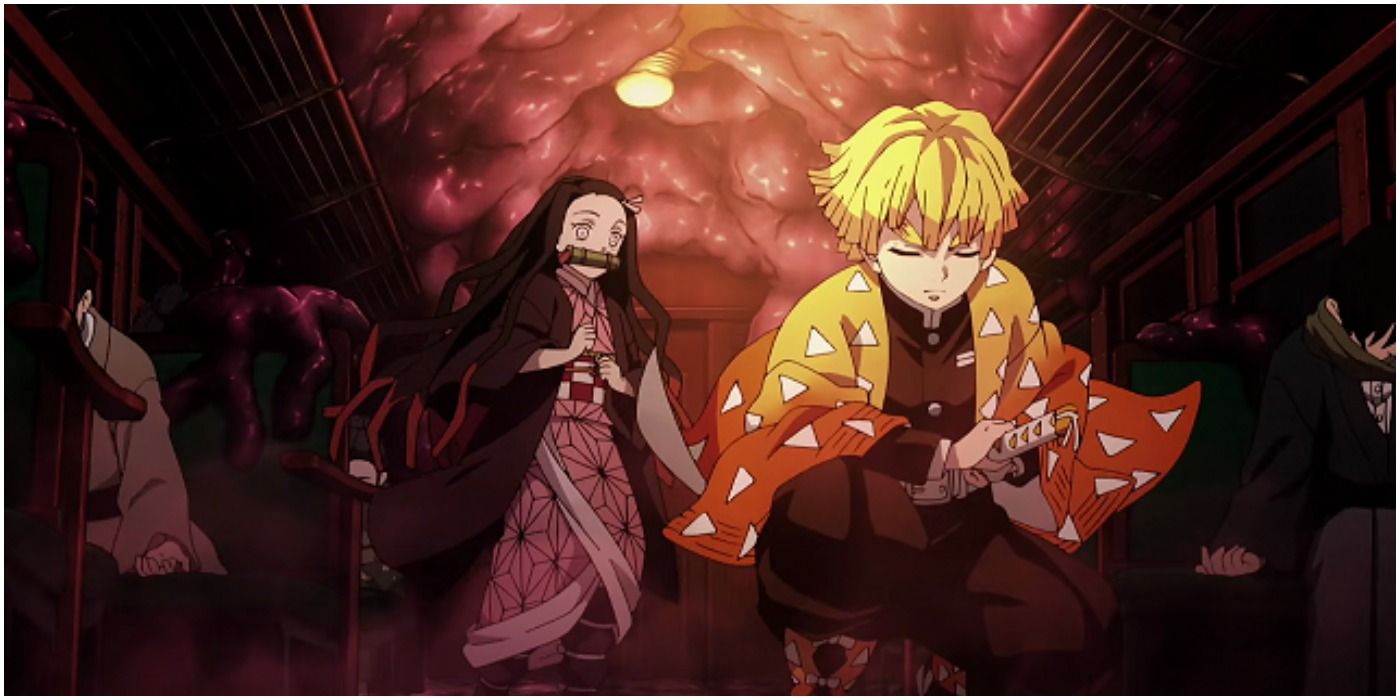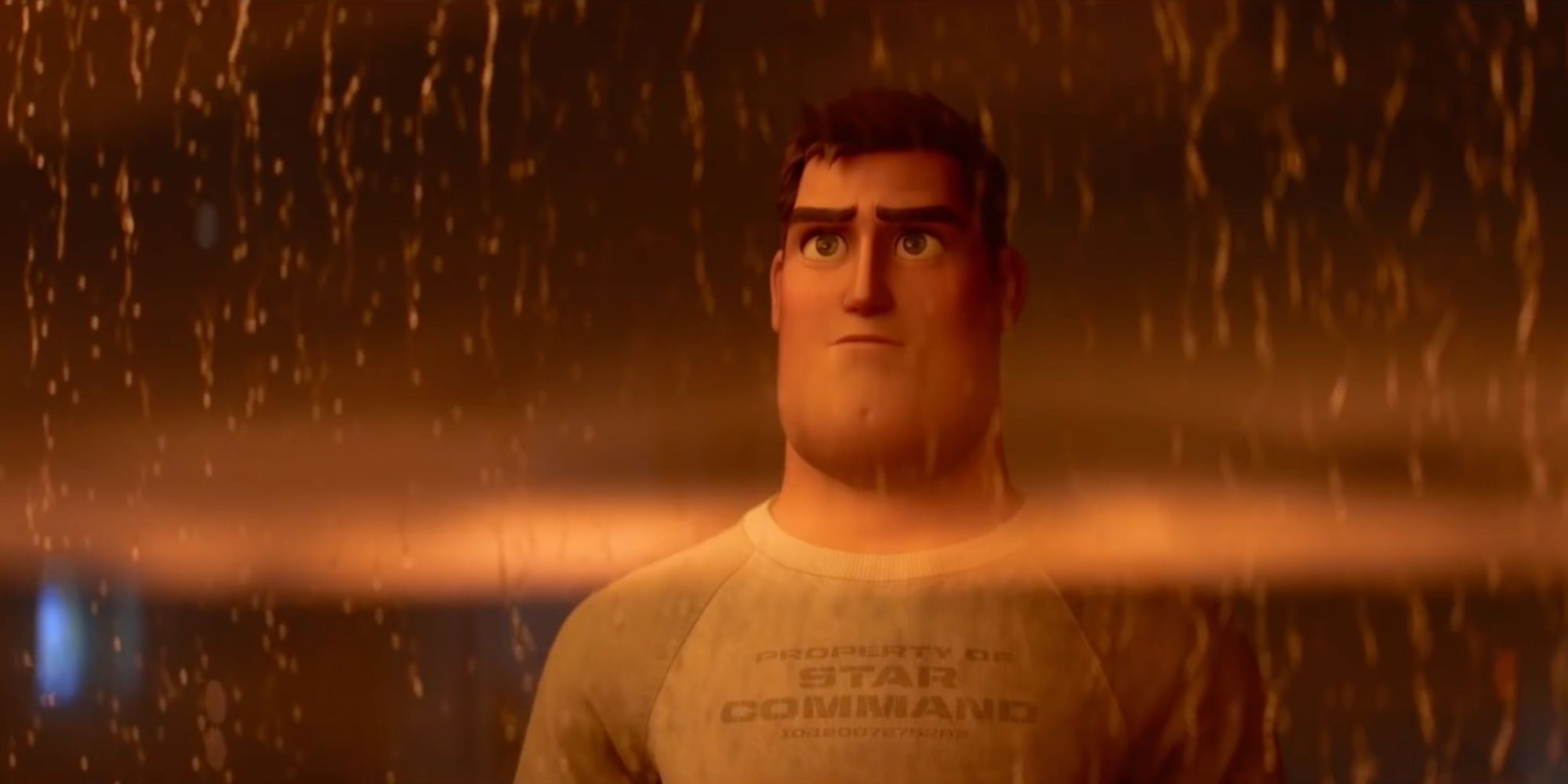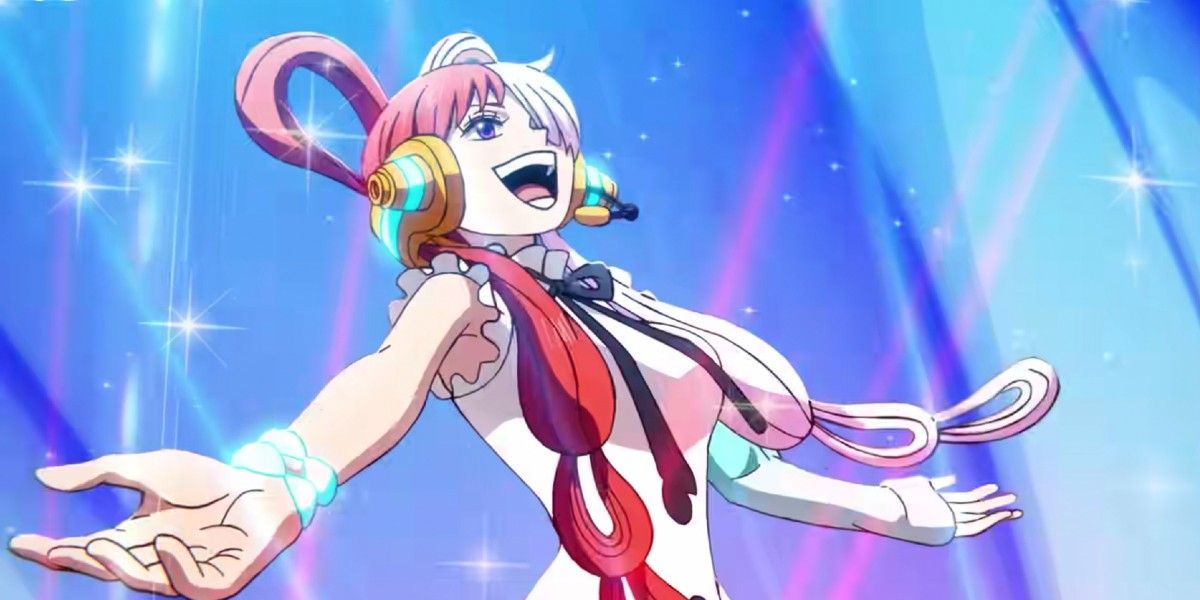The increasing global popularity of anime has taken several countries by storm, though there's one area where it's silently dominating. As anime has risen, Western animation has taken a bit of a downturn, especially when it comes to Hollywood. These differences can be mainly seen in the budgets for these productions, not to mention their return on interest.
The budgets for anime movies are microscopic compared to animated movies from Disney, Warner Bros. and other companies, though they're seeing far better box office revenue because of it. This can be attributed to numerous factors, most notably the work conditions of the anime industry. As a result, anime is making the bloated budgets of Hollywood animation come under intense scrutiny.
2022 Was One of the Worst Years for Hollywood Animation
Overall, 2022 was disastrous for animated and kids' films in Hollywood. Few even remember the belated release of Paws of Fury: The Legend of Hank, which underperformed despite its relatively small budget of $45 million. DC League of Super-Pets was only a moderate hit, making $200 million on a $90 budget. Though this sounds like a fairly decent success, it must be taken into account that the movie's marketing budget likely ballooned the latter number to twice that amount. DreamWorks' movie The Bad Guys was a better success, making $250 million on around $69-80 million, but easily the biggest fully-animated Hollywood movie of the year was Minions: The Rise of Gru. The sequel to the 2015 Despicable Me prequel, the film grossed nearly $1 billion on an $80 budget.
This sounds like a crescendo of successes, but Hollywood's biggest source of animation failed up a storm. For instance, the loose Toy Story "spinoff" was a notable flop, making barely over $200 million with a budget that was just as high. The same went for Strange World, which -- though it had a smaller budget of around $135-$180 million -- grossed only around $75 million. These films' budgets were the equivalent to that of major Hollywood blockbusters, with both films having similar or larger budgets to mega-hit Top Gun: Maverick. Needless to say, it's a huge problem that animated films are having with budgets, and it's definitely cutting into their profits. On the other hand, anime films may offer a better recipe for success when it comes to animation and film.
The 2020s Have Been Dominated By Anime Movies at the Box Office
The huge success of anime movies in recent years can be seen chiefly in the immense box office revenue of Demon Slayer: Mugen Train. Based on the popular manga and anime franchise known for its incredible animation, the film's production budget was 16 million dollars. While certainly nothing to scoff at if it were to fit in the pockets of most moviegoers, this is a paltry number compared to even the cheapest of Hollywood animated movies. Nonetheless, it was considered a major anime film production, and its netting over half a billion at the box office was proof of that.
Jujutsu Kaisen 0: The Movie made almost $200 million on a similar budget, with One Piece Film: Red making over this amount. Ironically, the venerable Dragon Ball franchise was the weaker of these performers, though the 2022 film Dragon Ball Super: Super Hero still did well, making over $100 million on a budget that couldn't have been that much more than predecessor Dragon Ball Super: Broly (produced on $8.5 million). The biggest difference between most of these anime films and their Hollywood counterparts is using traditional animation instead of CGI, the former of which Japan is generally more adept at.
Likewise, a big reason that Hollywood animated films are so expensive is the use of celebrity voice actors. This trend began decades ago, with familiar Hollywood actors now largely being used in cartoon movies in the place of actors who are more exclusive to voice work. The cost and even presence of these actors are questionable, as they rarely entice the kids to whom these movies are primarily targeted. Japan, on the other hand, has an entire sub-industry for anime voice acting, and even well-known actors aren't paid nearly as much as those in Hollywood. This does showcase a sad reality of anime, however, in that many of those working on these productions (particularly the animators themselves) are not paid well and are generally overworked for their services. The same can be seen in manga and webtoon production, with the talent behind multi-million dollar franchises frequently languishing in poor health and near poverty.
Some have noted the far more detailed animation seen in Pixar and Disney movies, though this could arguably be much ado about nothing. While expert animation is always appreciated, it's largely something that the average moviegoer and even some film buffs will completely overlook. The innovation seen in such techniques goes over the heads of the paying public, making it questionable just how necessary it all is. Sure, the results are better looking and more fluid frames for the films compared to anime, but this is hardly something that even critics note unless said animation is particularly terrible and stilted.
Thus, it seems that overall, anime has the better ideas when it comes to balancing visual spectacle with budget. Part of this is curtailed by the less-than-appealing pay in the industry, but it seems for the most part that Hollywood goes too far in the opposite direction to not much in the way of profit. This is perhaps a symptom of the growing culling of animation in the West, whereas anime is doing nothing but growing in its reach and revenue.



